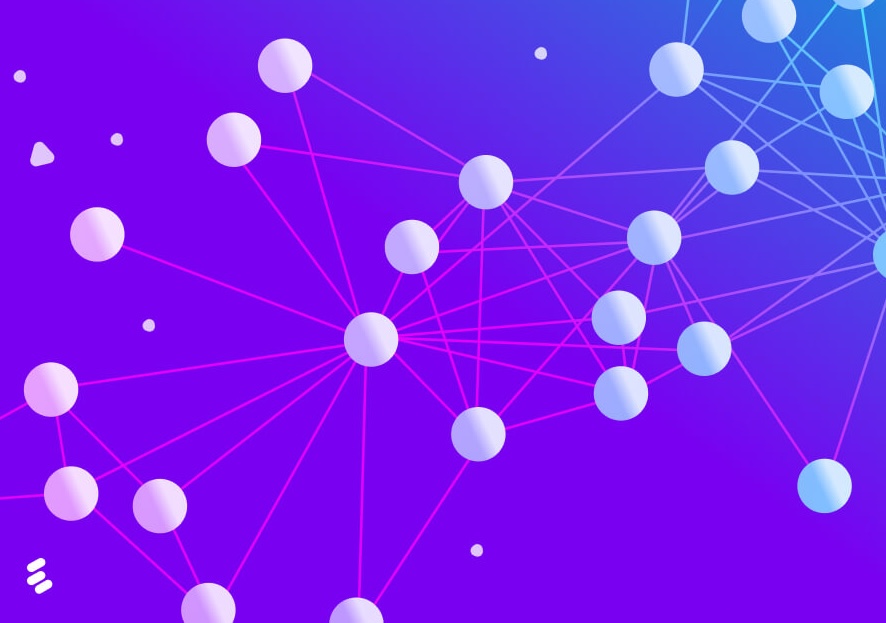
Research Whitepapers
Scaling Data Management with Graph Databases
Introduction
Graph databases are revolutionizing data management by enabling organizations to store, analyze, and query complex relationships efficiently. Unlike traditional relational databases, graph databases such as Neo4j, ArangoDB, and Amazon Neptune are designed to represent and navigate interconnected data seamlessly. These databases are increasingly being adopted in fields such as fraud detection, recommendation systems, network analysis, and supply chain optimization. By leveraging graph databases, businesses can uncover hidden patterns, gain deeper insights, and scale their data operations effectively. This paper explores the services, features, technologies, and real-world applications of graph databases, highlighting their transformative potential for modern data management. For expert solutions tailored to your data challenges, connect with NextGen Coding Company to maximize the power of graph databases in your operations.

Services
Graph databases provide a comprehensive suite of services designed to optimize data management and enable advanced analytics:
- Storage of Complex Relationships
Graph databases are ideal for storing and visualizing complex relationships between data points, making them invaluable for applications such as social network analysis and organizational mapping. - Real-Time Relationship Queries
Graph databases support lightning-fast traversal queries, enabling real-time analytics for use cases such as fraud detection, personalized recommendations, and network performance monitoring. - Integration with Big Data Platforms
Platforms like Neo4j and TigerGraph integrate seamlessly with big data tools such as Apache Hadoop and Spark for large-scale data processing. - Schema-Free Flexibility
Unlike traditional databases, graph databases offer schema-free design, allowing developers to model data dynamically and adapt to evolving requirements without significant rework. - Advanced Analytics and Insights
Graph databases enable advanced analytics such as community detection, shortest-path algorithms, and graph clustering, making them essential for applications in marketing, logistics, and cybersecurity. - Data Visualization
Tools like Neo4j Bloom provide intuitive interfaces for visualizing graph data, enabling non-technical users to explore and interpret complex datasets. - Enterprise-Grade Scalability and Security
Solutions like Amazon Neptune and Microsoft Azure Cosmos DB offer enterprise-level scalability, high availability, and robust security for mission-critical applications.
Technologies
Graph databases leverage cutting-edge technologies to deliver unmatched performance, scalability, and flexibility for data management:
- Graph Storage Engines
Native graph storage engines like those in Neo4j ensure optimized data storage and retrieval, specifically designed for graph-based queries. - Graph Processing Frameworks
Technologies like Apache TinkerPop and GraphFrames enable scalable graph processing and analysis on big data platforms. - Cloud-Native Deployments
Solutions such as Amazon Neptune and Azure Cosmos DB leverage cloud-native architectures to provide high availability, automated scaling, and global distribution. - Index-Free Adjacency
Many graph databases implement index-free adjacency, ensuring direct access to related nodes and edges without the need for complex index lookups. - Real-Time Analytics
Platforms like TigerGraph and ArangoDB provide built-in support for real-time graph analytics, enabling instant insights for time-sensitive applications. - Security and Compliance
Enterprise-grade graph databases adhere to strict security standards, including TLS encryption, role-based access control, and compliance with GDPR and HIPAA regulations. - Integration with AI and ML
Graph databases integrate seamlessly with machine learning platforms like TensorFlow and PyTorch, enabling advanced applications such as predictive modeling and anomaly detection.
Features
Graph databases offer powerful features that enhance data storage, analysis, and scalability, making them indispensable for modern businesses:
- Native Graph Storage
Graph databases like Neo4j and OrientDB are built with native graph storage engines, optimizing the performance of graph-based queries. - Relationship-First Design
Data is stored as nodes and edges, with edges explicitly representing relationships. This approach minimizes join operations and accelerates queries compared to traditional relational databases. - Rich Query Languages
Graph databases support query languages like Cypher, Gremlin, and GraphQL, enabling expressive and intuitive interaction with graph data. - Pattern Matching
Advanced pattern-matching capabilities allow users to identify and analyze complex relationships, such as customer journeys or fraud detection scenarios, with ease. - High Scalability
Graph databases like Amazon Neptune and TigerGraph are designed to scale horizontally, handling billions of nodes and edges efficiently. - ACID Compliance
Many graph databases ensure data integrity and reliability through ACID compliance, making them suitable for enterprise-grade applications. - Built-In Machine Learning Support
Some platforms, such as Neo4j Graph Data Science, integrate machine learning algorithms for predictive analytics, enabling deeper insights into interconnected data. - Cross-Platform Integration
Graph databases support integration with popular programming languages and frameworks like Python, Java, and Node.js, ensuring compatibility with existing technology stacks.
Conclusion
Graph databases are transforming how businesses manage, analyze, and scale their data operations. With platforms like Neo4j, TigerGraph, and Amazon Neptune, organizations can unlock new opportunities for insight, efficiency, and innovation. From fraud detection and supply chain optimization to knowledge graphs and recommendation engines, the applications of graph databases are vast and impactful. For tailored solutions to implement and maximize the potential of graph databases in your organization, partner with NextGen Coding Company to take your data management strategy to the next level.
Let’s Connect
At NextGen Coding Company, we’re ready to help you bring your digital projects to life with cutting-edge technology solutions. Whether you need assistance with AI, machine learning, blockchain, or automation, our team is here to guide you. Schedule a free consultation today and discover how we can help you transform your business for the future. Let’s start building something extraordinary together!